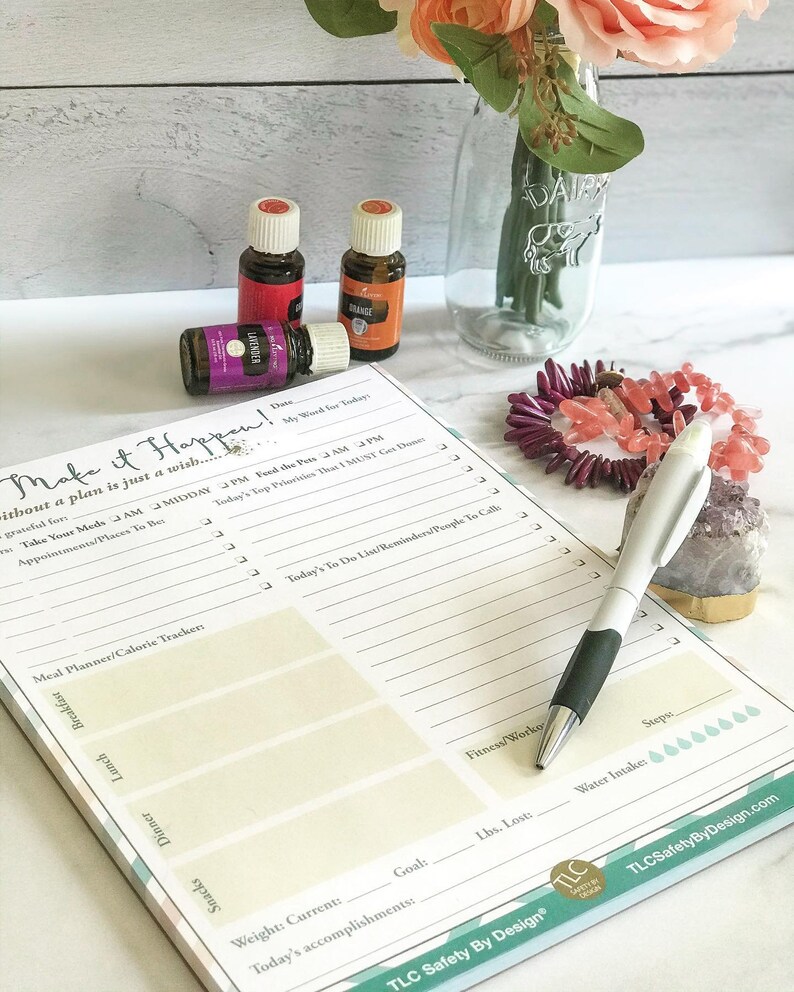

The Florida Division of Emergency Management maintains a list of op en shelters on their website: In certain situations, it may be safest for you to evacuate to a more secure location like a shelter. The time may arise when you may need to evacuate your home to go to a safer place. Please stay tuned to your local officials and/or log on to the an emergency event for exact hours of operation. The State Assistance Information Line (SAIL) is a toll-free hotline activated at the time of an emergency to provide an additional resource for those in Florida to receive accurate and up-to-date information regarding an emergency or disaster situation impacting Florida.ĭuring an emergency, the SAIL hotline is operational daily at set hours depending on the severity of the event.
#EMERGENT TASK PLANNER 8.5 X 11 HOW TO#
Share health and safety information with friends and family using our multimedia toolkit: How to Help Loved Ones in Hurricane-Affected Areas.

Place your generator and any gasoline-powered engine outside at least 20 feet from any window, door or vent.

Don’t return home until local officials notify you it’s safe to do so.ĭon’t drive through flooded areas and standing water. Listen to local authorities regarding evacuations. Find a full disaster supply kit checklist at /Kit Prepare any supplies you may need to keep your loved ones safe and healthy before and after the storm. Driving might not be possible after the storm-your car might be damaged and roads may be flooded or blocked. Remember that a hurricane could cut off your power and water supply. The Florida Department of Health is working to support local and state response to public health needs resulting from hurricanes, tropical storms, and other severe weather conditions.īe prepared before the storm hits.


 0 kommentar(er)
0 kommentar(er)
